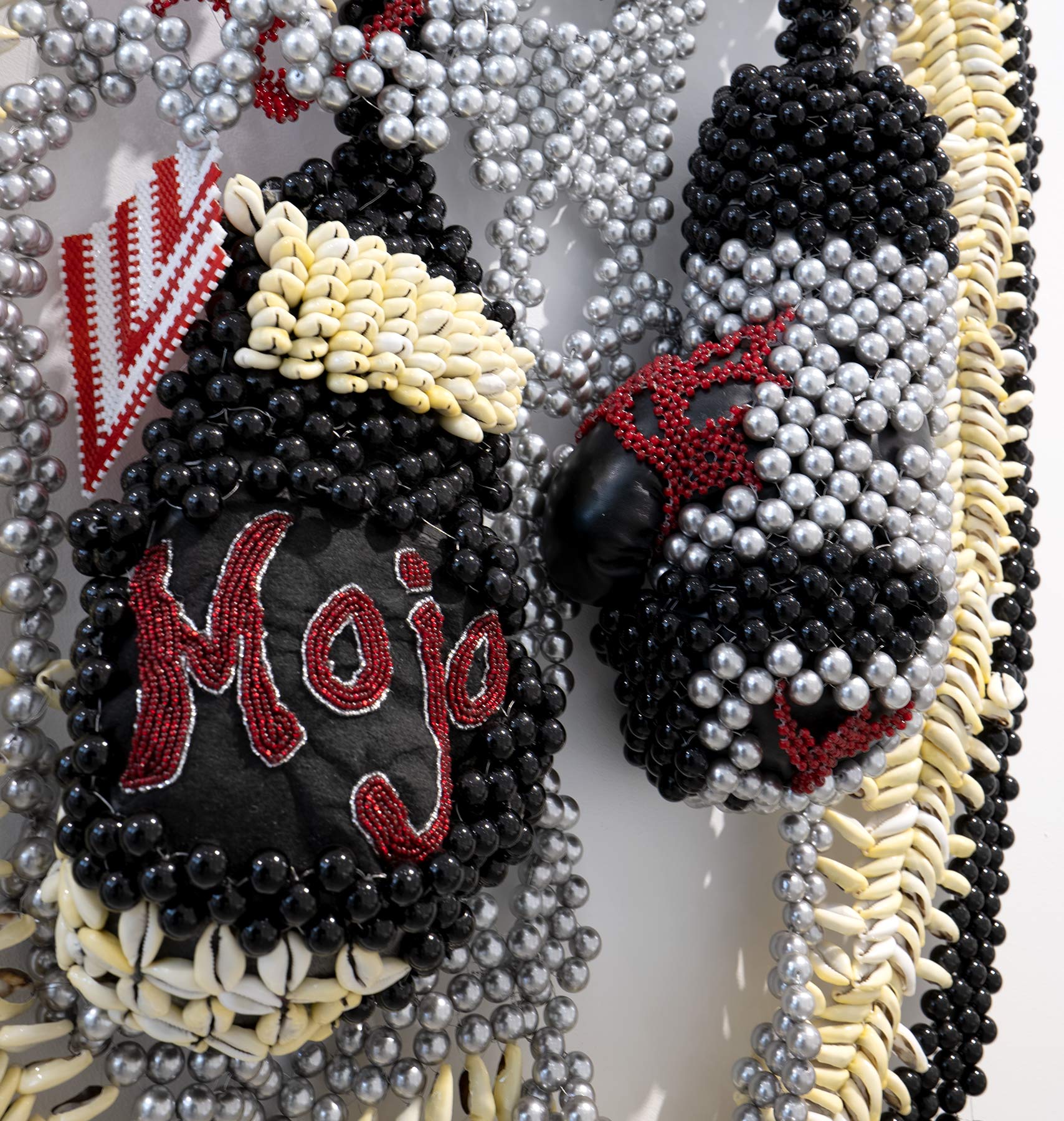
“The Potential of Objects” highlights a number of artistic practices employing everyday objects and materials to explore the human condition.

“The Potential of Objects” highlights a number of artistic practices employing everyday objects and materials to explore the human condition.

From DNA to human emotions, “Speculative Portraits” explores how contemporary artists are drawing from technology and scientific research to expand on ideas of portraiture and identity.
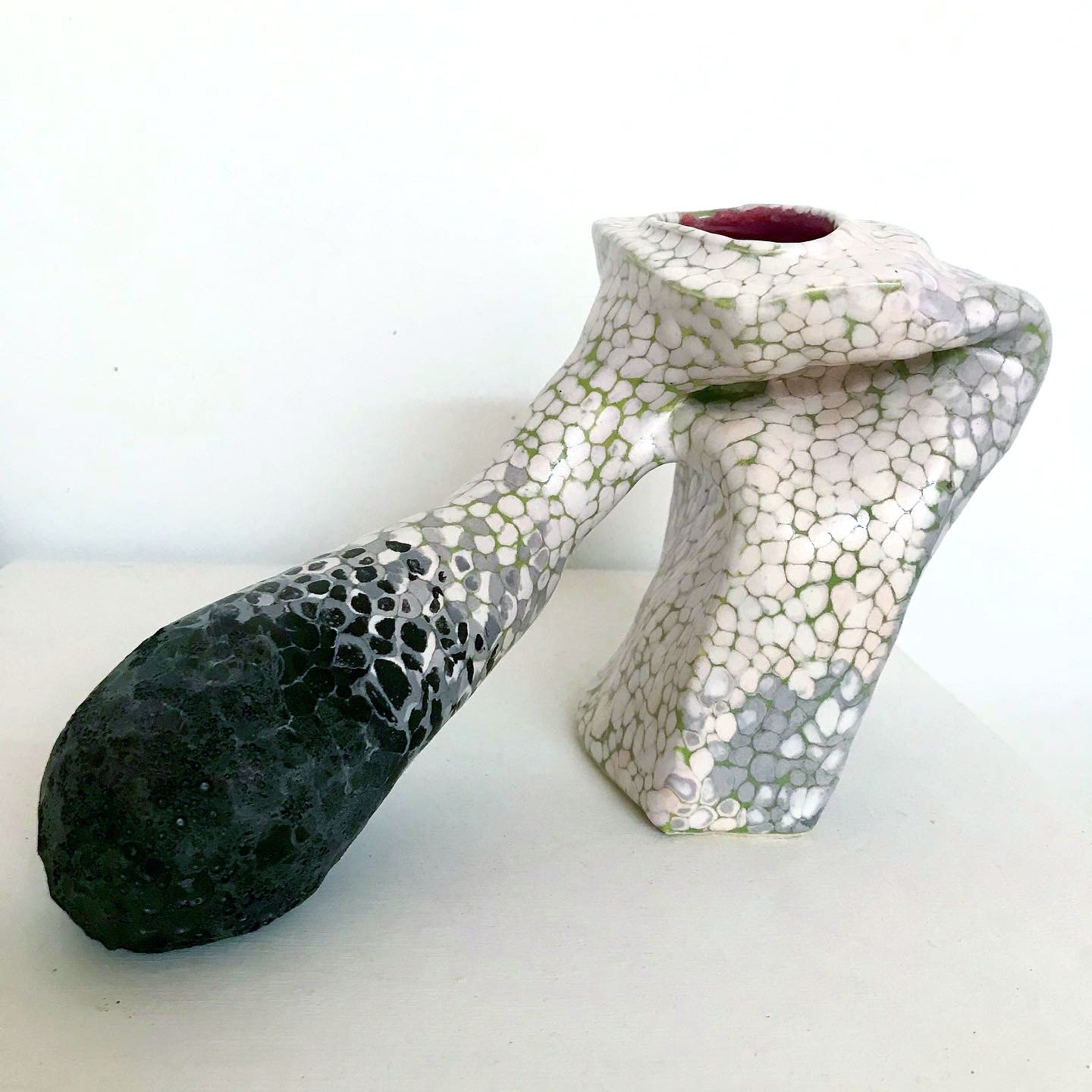
January 27, 2022 in Artists Elisa D’Arrigo was born and raised in The Bronx, NY where she found early inspiration in the Bronx 1950s visual culture of curvaceous cars, brash comics, extreme hairstyles, and evocatively wrapped fig trees. In 1975 she received a BFA in ceramics from SUNY New Paltz. She continued working […]
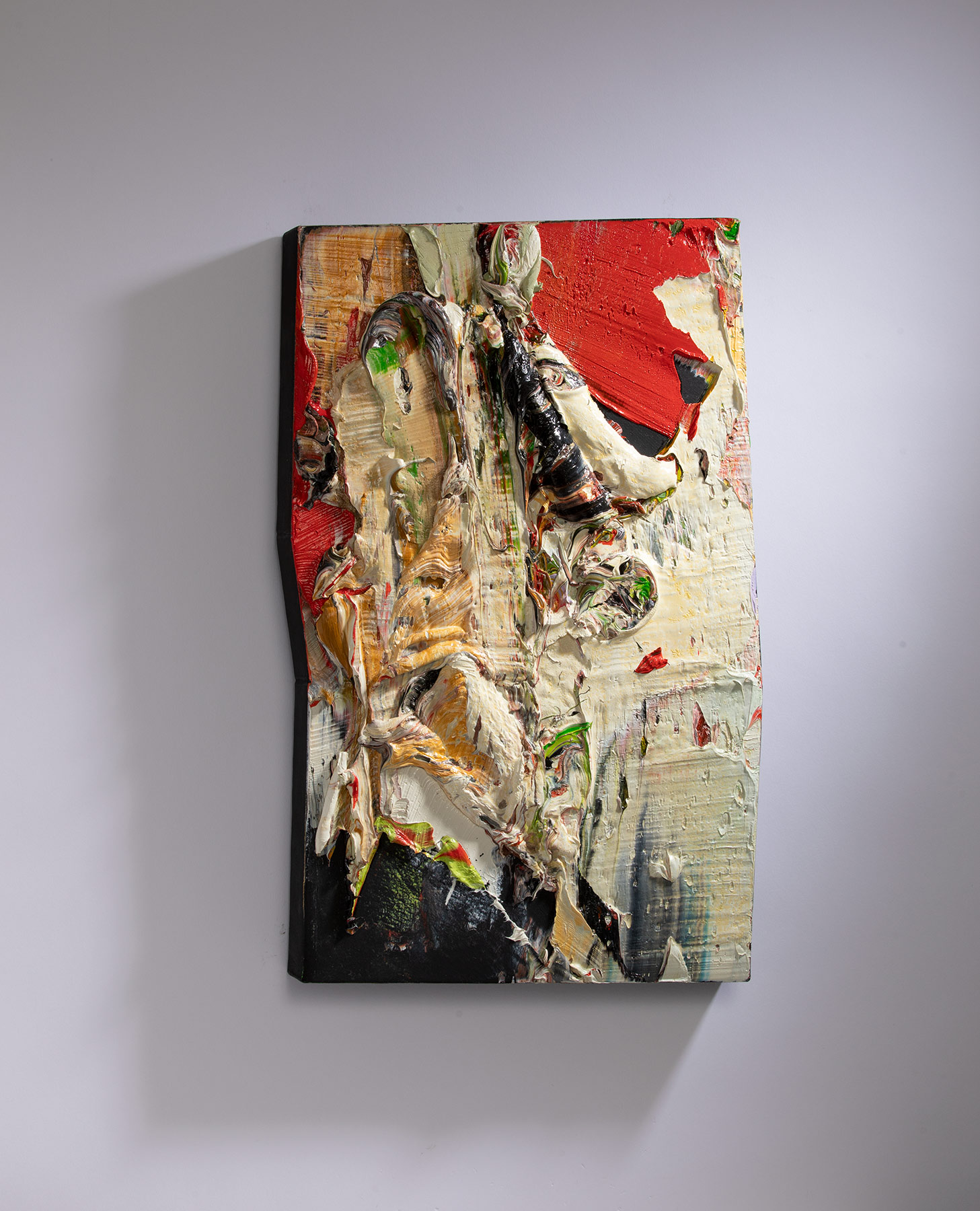
We’re excited to present a Solo Exhibition featuring the oil paintings of Cornelia Schulz in the first edition of INTERSECT PALM SPRINGS.
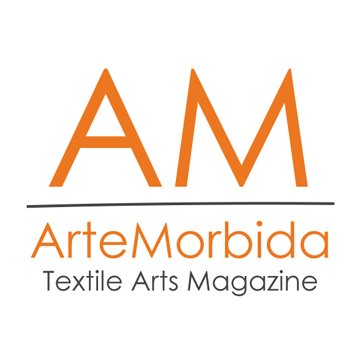
“My work is my way of exploring issues of identity, acceptance, inclusion, pain, and fear. It is completely autobiographical.” – Ramekon O’Arwisters interviewed by Maria Rosaria Roseo, Managing Editor, ArteMorbida Textile Arts Magazine
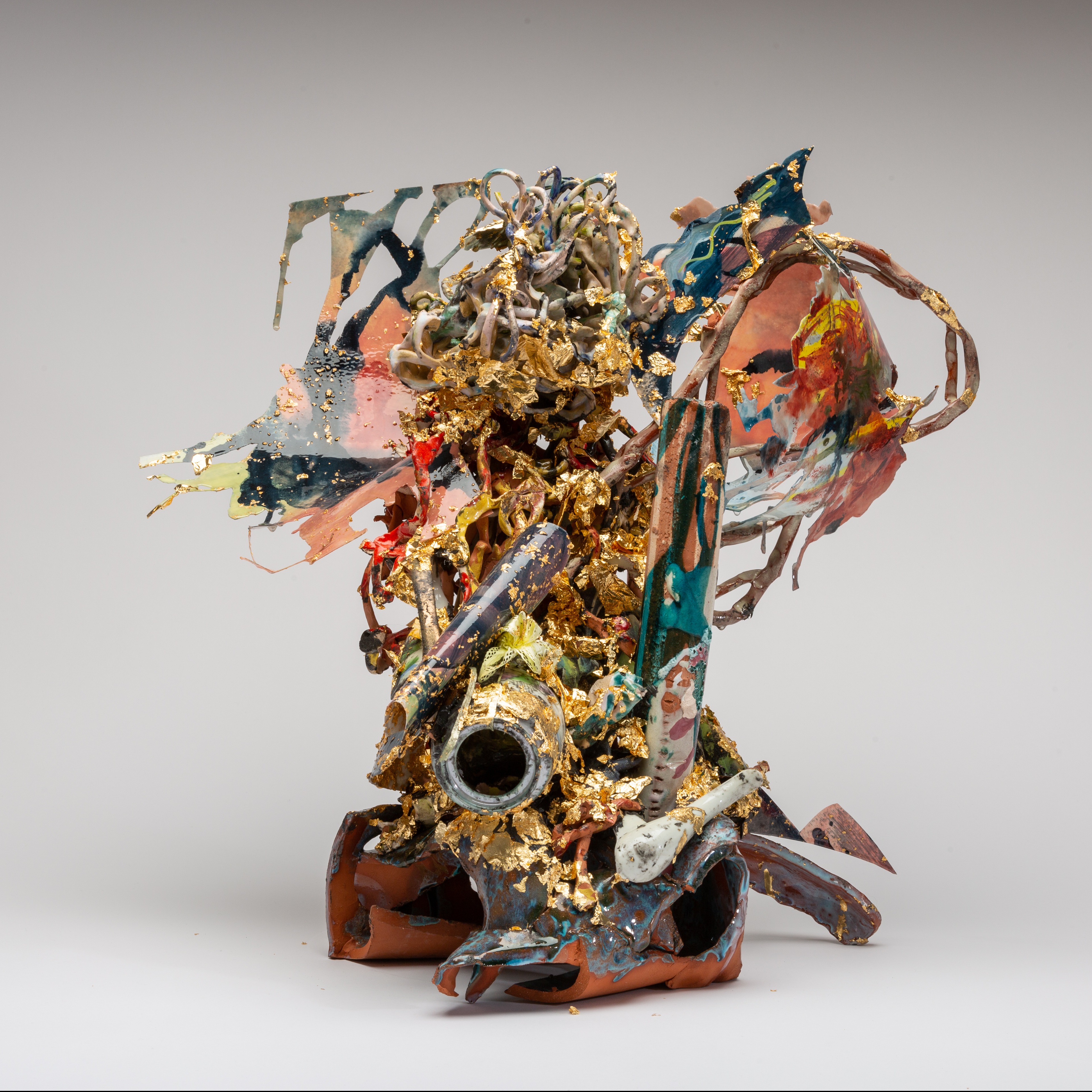
Moving beyond conventional categories and genres, the 77th Scripps College Ceramic Annual ignites a new contemplation on the ceramics world. The longest ongoing exhibition of contemporary ceramics in the nation will open on February 5 and continue through April 17.
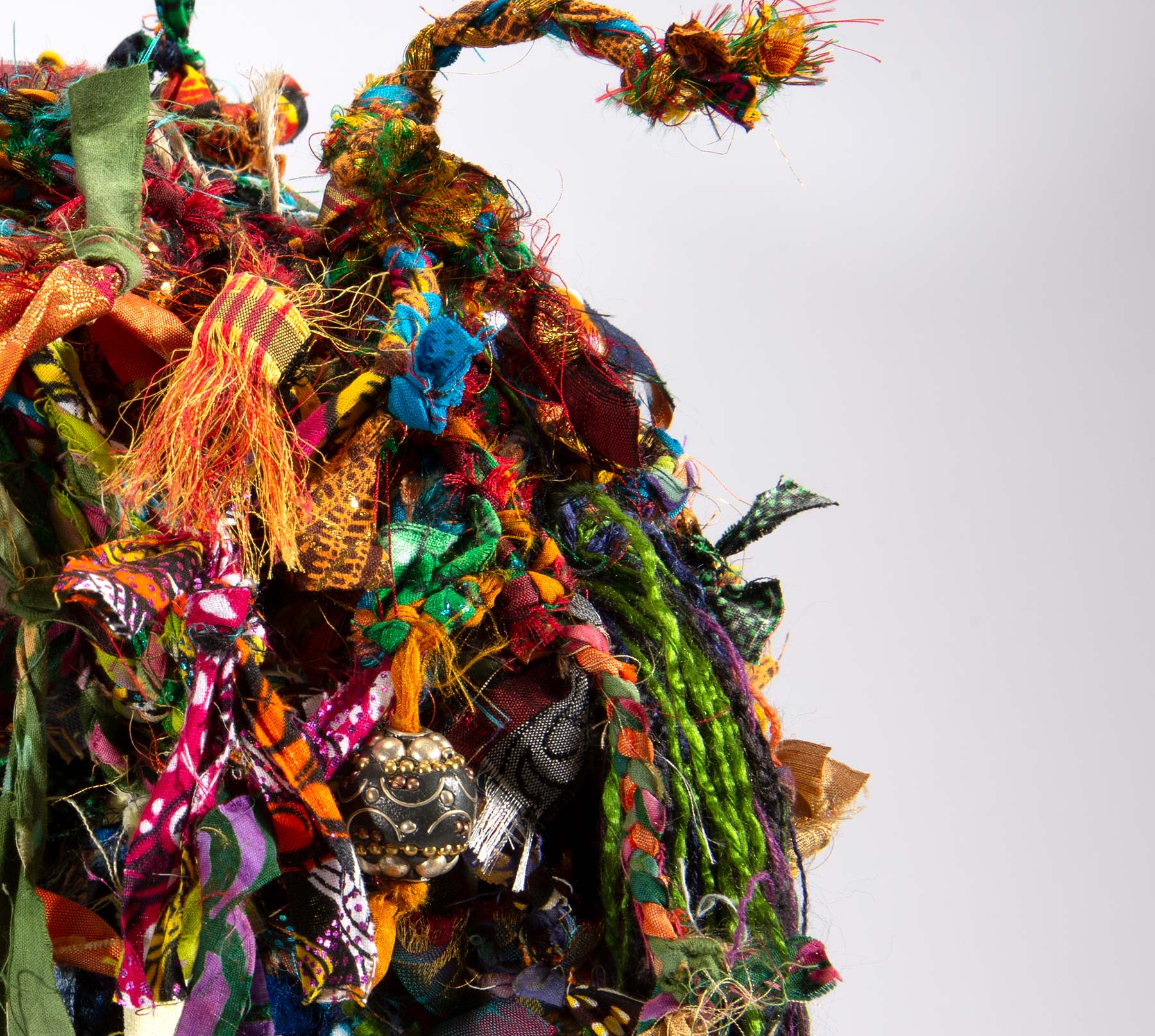
Tikkun: For the Cosmos, the Community, and Ourselves, on view Feb 3, 2022–Jun 5, 2022, presents works by more than twenty-five Bay Area–based contemporary artists reflecting on the Jewish concept of tikkun (Hebrew for “to repair”).
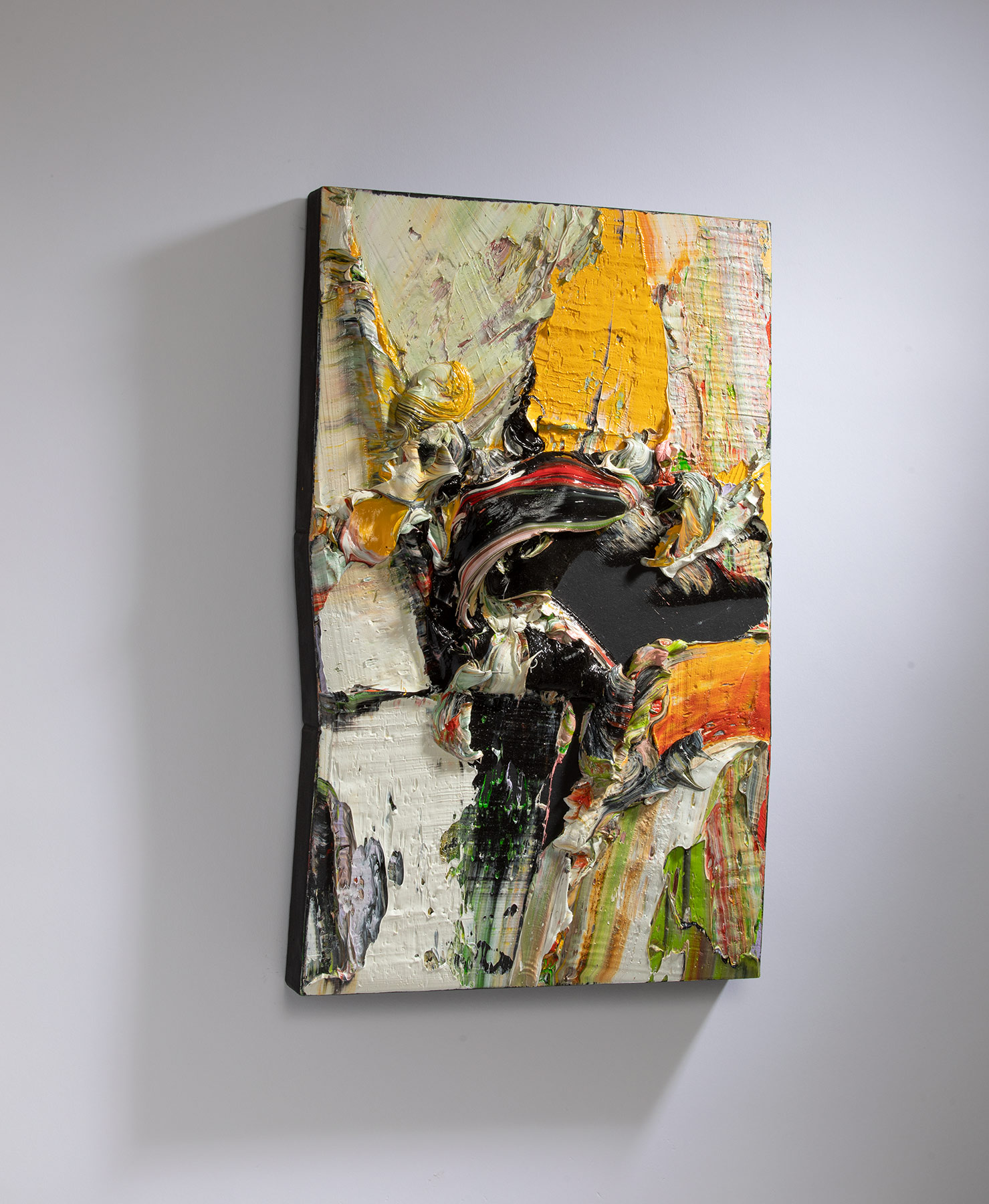
4×8-bridges is now LIVE, featuring twenty-one galleries for this month. Patricia Sweetow Gallery is excited to present a solo exhibition of oil paintings by Cornelia Schulz, 2021-2018.

Unsurprisingly, Broxton’s work sold out quickly. With excellent demand for his work, his May 2022 solo show with Patricia Sweetow Gallery in San Francisco has had to be pushed back.

In this moment of radical inclusiveness — finally — those distinctions seem sort of silly, as though a medium could ever be a greater determinant of an artwork’s value than the ideas that drive it (it’s not).